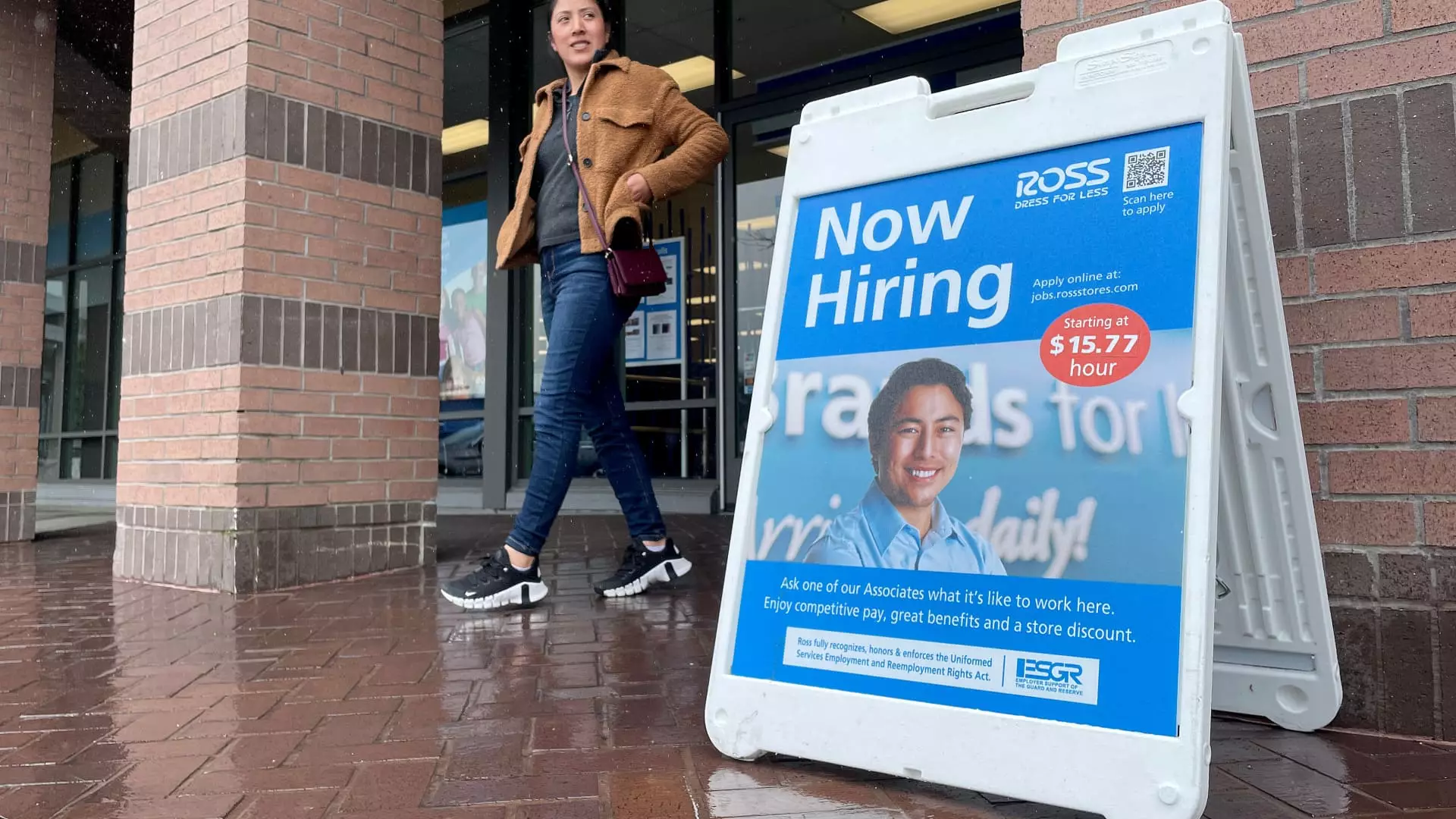In August, the U.S. economy created slightly fewer jobs than expected, signaling a slowdown in the labor market. Nonfarm payrolls expanded by 142,000, down from the previous month and below the consensus forecast. However, this data also clears the way for the Federal Reserve to lower interest rates later in the month. The unemployment rate ticked down to 4.2%, as anticipated, while the labor force expanded by 120,000. Despite the increase in jobs, the labor force participation rate remained constant at 62.7%.
From a sector standpoint, construction led with 34,000 additional jobs, followed by health care with 31,000 and social assistance with 13,000. On the other hand, manufacturing lost 24,000 jobs during the month. Additionally, the average hourly earnings increased by 0.4% and 3.8% from a year ago, surpassing the estimated figures. The report indicates a mix of positive and negative trends across different sectors of the economy.
Despite the August job numbers being in line with expectations, the previous two months saw significant downward revisions. July and June figures were adjusted downwards by 25,000 and 61,000 respectively. The markets showed little initial reaction to the data, with stock futures holding negative and Treasury yields lower. Investors are now eagerly anticipating the Federal Reserve’s decision on interest rates at the upcoming meeting. The Fed has been holding rates steady since July 2023 after a series of hikes to combat inflation.
Market experts and analysts are divided on the Fed’s next move. Some believe that a rate cut is imminent to support economic growth and mitigate recession risks, while others argue that lowering rates could reignite inflation pressures. The recent economic data indicates continued growth but signals a slowdown in the labor market. Fed officials, including Chair Jerome Powell and New York Fed President John Williams, have hinted at a potential rate cut to adjust policy and stimulate the economy. However, the exact extent of the rate cut is still uncertain, with market expectations leaning towards a half percentage point cut.
The U.S. economy is at a critical juncture, balancing between supporting growth and managing inflation risks. The Fed’s decision on interest rates will be crucial in determining the future trajectory of the economy. With unemployment at a low rate and wages increasing, there are positive signs for continued economic expansion. However, external factors such as global trade tensions and geopolitical uncertainties could pose challenges to sustained growth. Investors and policymakers will closely monitor economic indicators and Fed announcements for insights into the future economic landscape.
The August job report reflects a mixed picture of the U.S. economy, with both positive and negative trends across different sectors. The Federal Reserve’s upcoming decision on interest rates will have significant implications for economic growth and stability. As the economic landscape evolves, market participants and policymakers will need to navigate through uncertainties and risks to ensure a resilient and sustainable growth path for the U.S. economy.


Leave a Reply